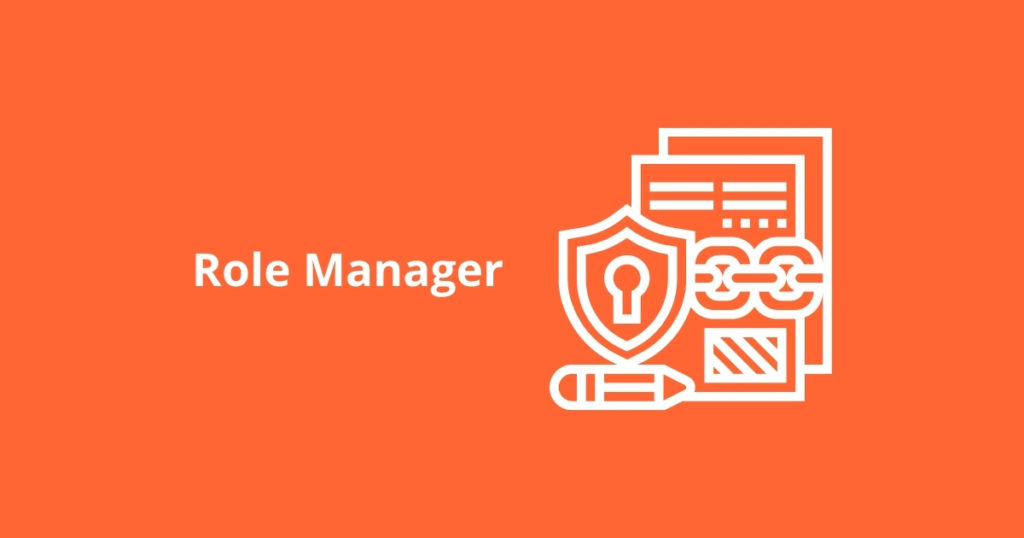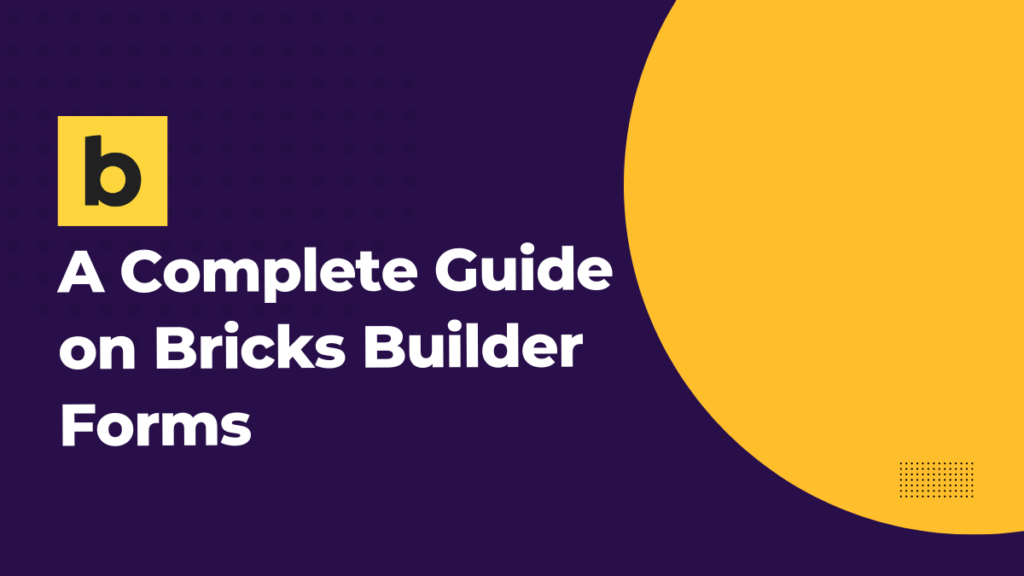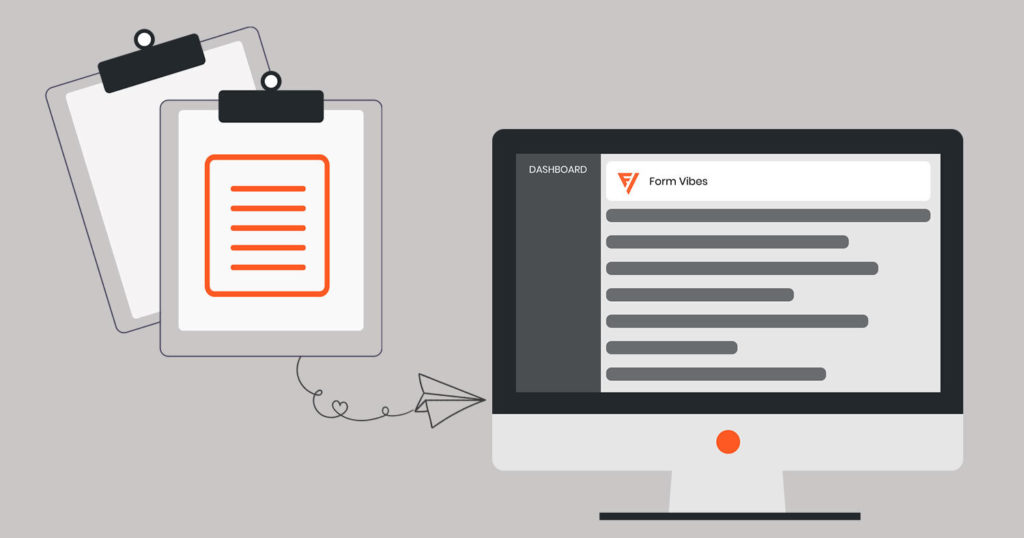Users play an essential part in any development environment. Essentially, in WordPress, User Roles play a significant part, as it lets the site owners have full control over what the users can do and what they cannot.
Based on the different roles assigned to your WordPress websites’ users, you can restrict the users to access certain functionality and enhance your site’s security.
In WordPress, there are five different users by default. The Administrator has complete access and assigns different access privileges to other users.
User Roles In WordPress
Let’s have a brief introduction of default User Roles in WordPress
- Admin: The Administrator is regarded as the most powerful and is at the top of the hierarchy. The Admin is the only user with permission to create new users and modify and delete existing ones. As an Admin, you can access all administration features such as adding, deleting, and editing all other users’ information and have complete control over site content.
- Editor: The Editor role holds the highest position in overseeing a WordPress website’s content. The only user higher than the Editor regarding privileges is the Admin. An editor is responsible for managing the content. They can create, edit, delete and publish both pages and posts even of other users. Editors can also moderate Comments on the Posts.
- Author: The Author user role has less permission than the Editor. Authors can upload files, write, edit, publish and delete their own posts but cannot modify the other user’s content. They can also edit their profile and change their passwords.
- Contributor: A Contributor user role has quite limited capabilities. It can read all the posts but can delete and edit its posts. Contributors cannot publish posts or upload media files.
- Subscriber: Usually, the Subscribers have minimal capabilities. They can only read all the published posts on the site and access and manage their own profiles.
Form Vibes Pro allows you to assign permissions to different user roles, allowing them to access only the particular functionality of Form Vibes.
- Install Form Vibes Pro on your WordPress dashboard, and then go to Form Vibes >>Settings
- On the Form Vibes settings page click on the Role Manger tab.
Under the Role Manager tab, you will see the Editor, Author, Contributor, and Subscribers user roles. On expansion, you will get a bunch of Form Vibes features that you can easily toggle to restrict user access.
Then click on the Save Button to apply the changes.
Form Vibes User Roles Permissions
Admin has all the right to access every feature of Form Vibes. It is the admin who can control all user roles and assign different access permissions to them.
Let’s have a look on the different Form Vibes functionalities where we can restrict users from access.
- Core:
- View Submissions: It allows the user to view the Form Vibes Submissions page. The logged user can view the form entries.
- Delete Submissions: By allowing this option, you can permit the user to delete the form submissions.
- Export Submissions: Enable this option if you want to allow a specific user role to download the captured submissions in a CSV file.
- View Analytics: Enable this option to allow the user to view the analytics page. Users can view the form submission frequency stats in a graphical manner.
- View Logs: This option will allow the user to view the event logs.
- Manage Data Profiles: Allow it to the user if you want that particular user to manage the Data Profiles.
- Manage Export Profiles: Enable it to allow the user to create Export Profiles of the form submissions. The user can manage and export the form submissions in a separate downloadable file.
- Notes:
- View Notes: Enable it to allow the user role to view notes.
- Add Notes: Allow the user role to add notes to the submissions.
- Delete Notes: Enable it to permit to delete the notes.



